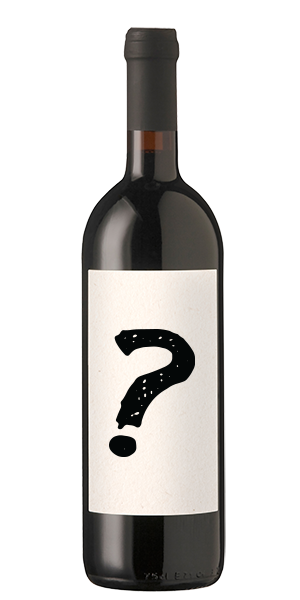A wine label is more complex than just about any other type of food or drink label there is. Not only does it need to have an appealing look to it, it necessitates quality information as well. While some information is mandatory, other information is important to wine connoisseurs. Let’s take a look at a full diagnosis what your wine label should provide the consumer.
Brand
Make a bold statement of who you are on your label. Your brand should be the first thing the consumer’s eye catches. The name of the company should either be at the top or bottom of the label.
Year
Let the consumer know when the grapes were harvested. This is not technically mandatory for you to put on the label, but it communicates the quality of the contents in the bottle. When there is no year on the label, you are leaving it up to the people to assume. You know what they say about what happens when people assume, right?
Type
The most important part of the label is communicating what type of wine it is. For example, Pinot Noir, Sauvignon Blanc, Riesling, Pinot Grigio, etc. Usually, when somebody is wine shopping, they have a specific wine they want in mind. If the type of wine is not visible on the label, you are going to miss out on a very large number of sales.
Region
Where was your wine made? If you are going to state where the wine was made (highly advise) there are rules you need to follow in order to do so. When you name a state or county on the label, federal law requires at least 75% of your grapes that are used in the production of the wine need to come from the stated location. If an American viticultural area, like Napa Valley, is placed on the label, then at least 85% of your grapes need to be from that area. If you are going to say your wine was made in California, then 100% of your grapes need to be from California under California Law.
Producer and Bottler
Is your product made and bottled somewhere other than the winery or vineyard, then you need to print the location (name and address) on the label.
Alcohol Content
The alcohol content, percentage of alcohol by volume, needs to be on the label. For some people, this might be the first piece of information they are looking for on the label.
Net Contents
The net contents, or volume, is required to be listed on either the label or the bottle. This should be expressed in milliliters, for “750 ml”. The net content needs to be expressed in milliliters either on the glass or on the label.
Sulfite Warning
If your wine has more than 10 parts p/million of sulfur dioxide, then your label has to have a warning stating “Contains Sulfites.”
Government Warning
Every alcoholic beverage needs to have a government warning stating:
- According to the Surgeon General, women should not drink alcoholic beverages during pregnancy because of the risk of birth defects.
- Consumption of alcoholic beverages impairs your ability to drive a car or operate machinery and may cause health problems.
Something Unique
You should know better than anybody what makes your wine better than the rest. Let the consumer know what your wine pairs best with (certain cheeses, steaks, etc.). By no means are you required to put something else on your label, but it gives you a chance to separate your wine from others on the shelf. Keep in mind ideas like fun facts, helpful hints, history, flavor description, and anything else that makes your wine unique
At Unique Printing and Labels, Inc…
We have over 40+ years of experience printing high-quality wine labels with a number of different options to choose from. Our top of the line equipment will have the designs in your label pop off the shelf with vivid colors. We will help you find the perfect look to your label with a glossy finish, earthy feel, or any other special effect that will set your wine apart from the rest.
We Want To Learn More About Your Project. Please Fill Out The Form Below And We’ll Be In Contact As Soon As Possible.

